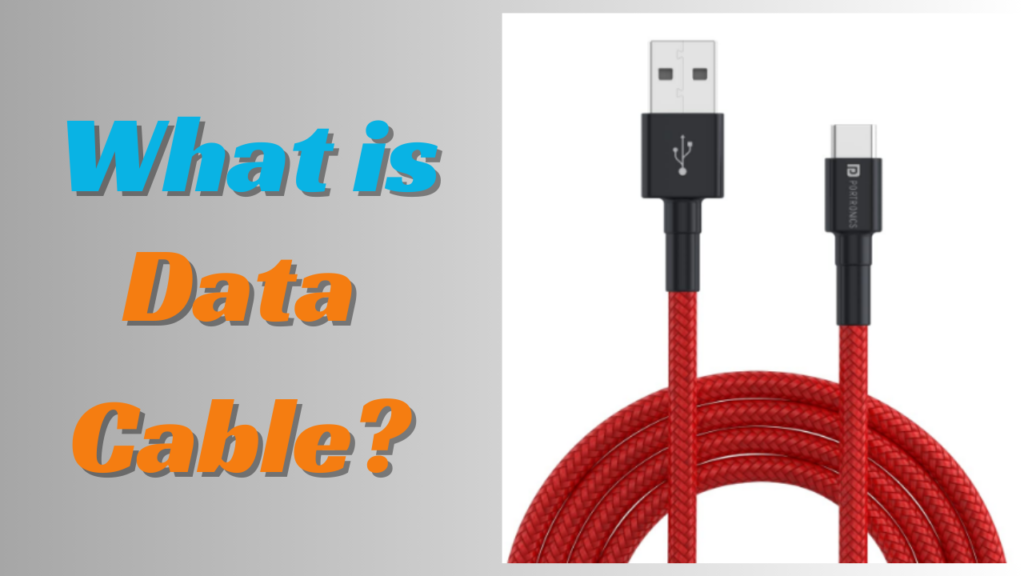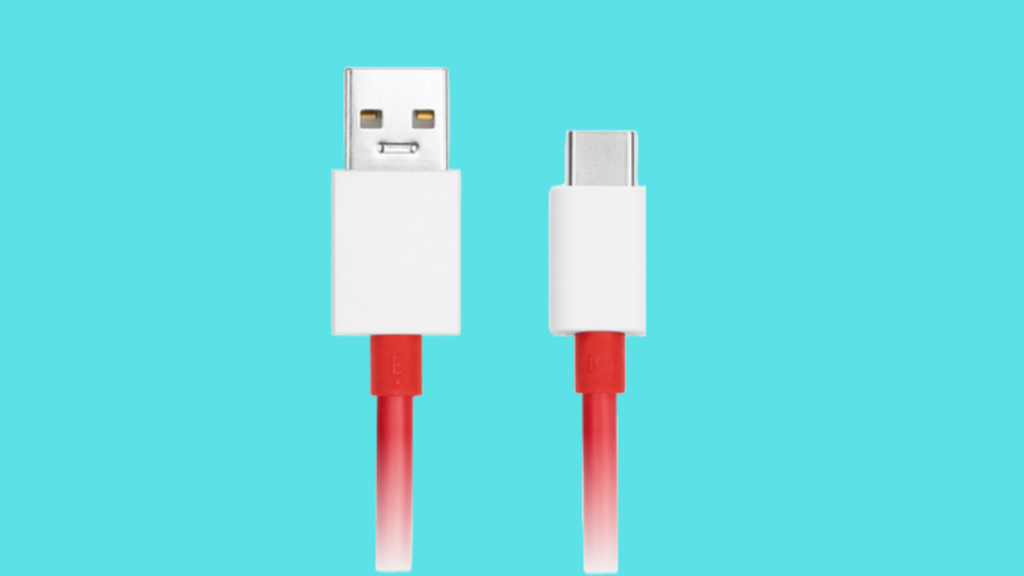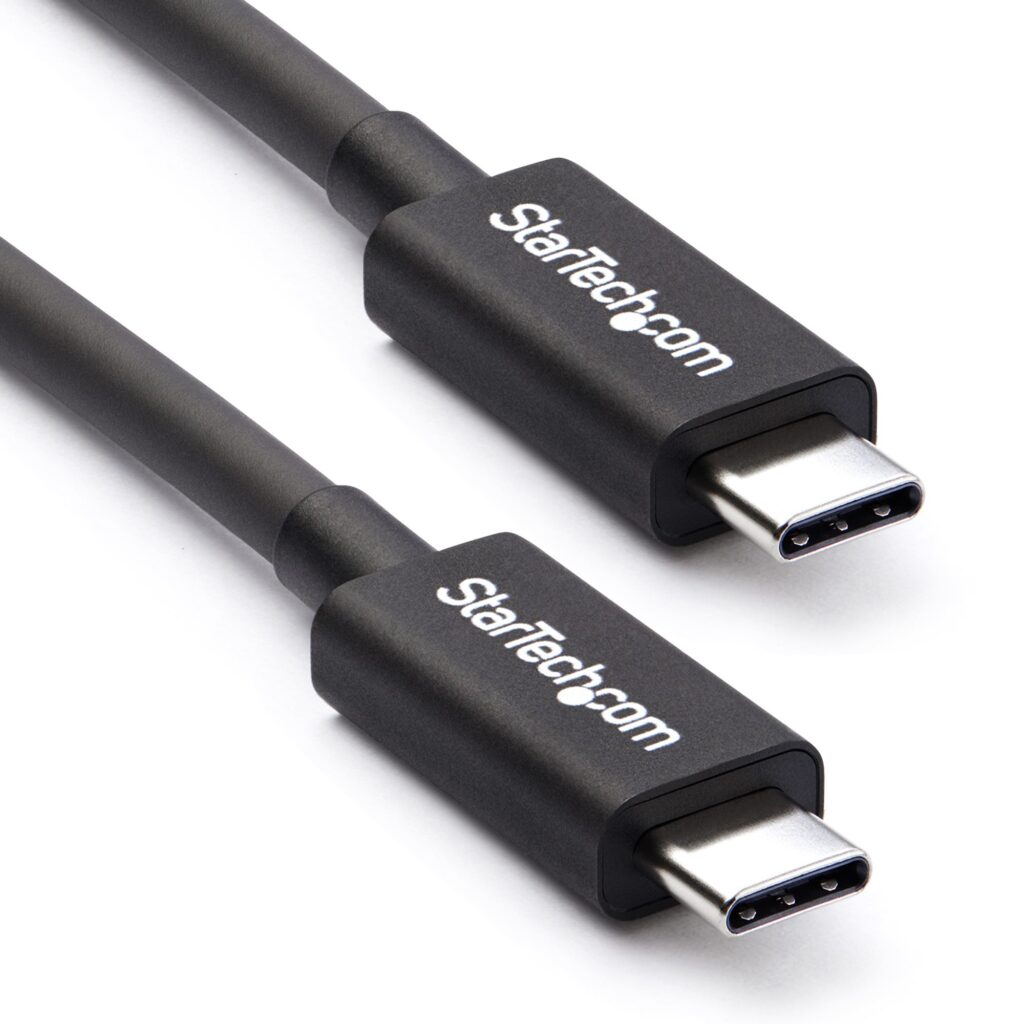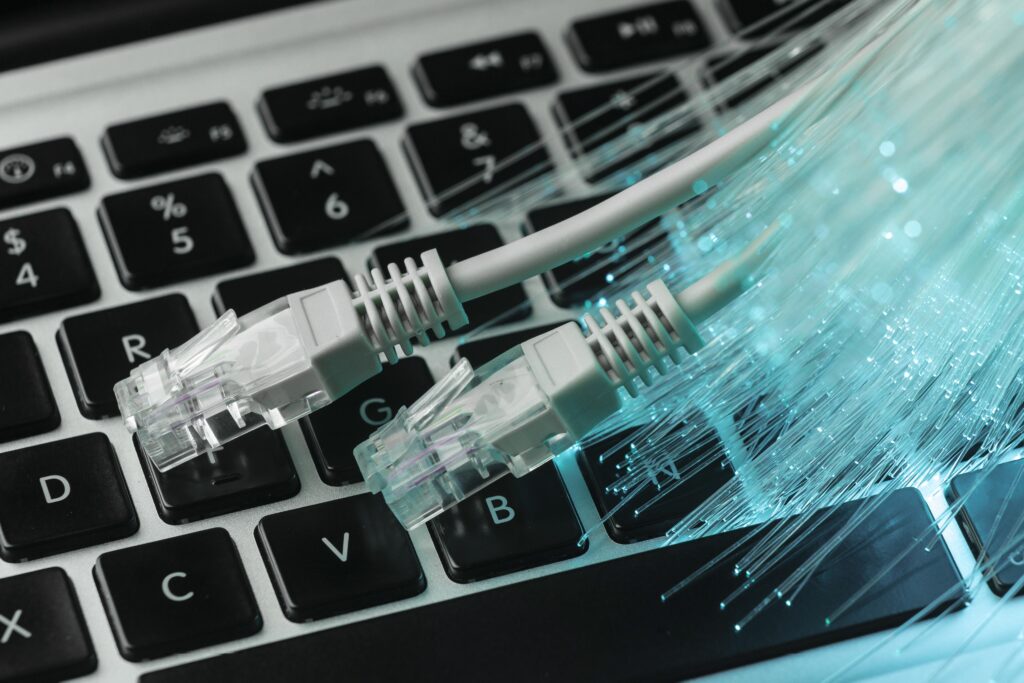
What is Data cable?
“What is Data cable? in today’s digital age, where connectivity is paramount, data cables play an indispensable role in facilitating communication and transferring information between devices. From charging our smartphones to establishing high-speed internet connections, data cables are the unsung heroes behind the scenes. But What is Data cable? and how does it work?
Introduction to Data Cables
Data cables, also known as communication cables or simply cables, are physical mediums used to transmit data signals between electronic devices. These cables consist of various components designed to efficiently transfer data while maintaining signal integrity.
Types of Data Cables
Ethernet Cables
Ethernet cables are widely used for wired internet connections, connecting devices to local area networks (LANs), routers, and modems. Cables are come in different categories, such as Cat5e, Cat6, and Cat7, each offering different speeds and performance levels.
USB Cables
USB (Universal Serial Bus) cables are versatile cables used for connecting peripherals, such as printers, keyboards, and external storage devices, to computers and other compatible devices. They also serve as charging cables for smartphones and tablets.

HDMI Cables
HDMI (High-Definition Multimedia Interface) cables transmit high-definition audio and video signals between devices, such as TVs, monitors, gaming consoles, and Blu-ray players. They support resolutions ranging from standard definition to 4K and beyond.
Thunderbolt Cables
Thunderbolt cables are advanced high-speed cables primarily used for connecting peripherals, storage devices, and displays to computers with Thunderbolt ports. They offer lightning-fast data transfer speeds and support various protocols, including PCIe and DisplayPort.

Components of a Data Cable
Conductors
Conductors are the metallic wires inside the cable responsible for carrying electrical signals from one device to another. Cables are usually made of copper due to its excellent conductivity.
Insulation
Insulation materials surround the conductors, preventing signal interference and protecting against electrical hazards. Common insulation materials include PVC (Polyvinyl Chloride) and Teflon.
Shielding
Shielding layers, such as foil or braided shielding, wrap around the conductors to minimize electromagnetic interference (EMI) and radio frequency interference (RFI) from external sources.
Importance of Data Cables
Data cables are crucial for maintaining seamless connectivity and enabling efficient data transmission between devices. Whether it’s streaming high-definition video or transferring large files, reliable data cables ensure a smooth user experience.
Factors to Consider When Choosing Data Cables
Speed and Bandwidth
The speed and bandwidth capabilities of a data cable determine its ability to handle data-intensive tasks, such as gaming, streaming, and file transfers. Choosing cables with higher speeds and bandwidths ensures optimal performance.

Length and Durability
The length of the cable and its durability are essential considerations, especially for installations where cables need to traverse long distances or endure harsh environments. High-quality cables with sturdy construction offer longevity and reliability.
Compatibility
Ensuring compatibility between devices and cables is crucial to avoid compatibility issues and maximize performance. Checking for compatibility with specific standards and protocols helps prevent connectivity problems.
Common Uses of Data Cables
Networking
Ethernet cables are commonly used for networking purposes, connecting devices within homes, offices, and data centers to establish reliable wired connections.

Charging and Powering Devices
USB cables serve as versatile charging cables for smartphones, tablets, cameras, and other electronic devices, providing power for uninterrupted usage.
Transferring Data
Data cables facilitate the transfer of data between devices, enabling the seamless exchange of files, photos, videos, and other digital content.
Advantages and Disadvantages of "What is Data cable?"
Advantages
High-speed data transfer
Reliable connectivity
Versatile usage
Wide compatibility
Disadvantages
Limited mobility (for wired connections)
Susceptibility to damage or wear over time
Potential for signal interference in unshielded cables
Future Trends in Data Cables
As technology continues to advance, data cables are expected to evolve to meet the growing demands for faster speeds, higher bandwidths, and increased compatibility. Innovations such as fiber optic cables and wireless technologies are poised to shape the future of data transmission.
Conclusion "what is data cable?"
In conclusion, data cables are essential components of modern communication and connectivity infrastructure, facilitating the seamless transfer of data between devices. Understanding the different types of data cables, their components, and their applications is crucial for optimizing performance and ensuring reliable connectivity in various settings.
Unique FAQs on "What is data cable?"
Are all data cables the same?
No, data cables vary in terms of their types, speeds, and applications. It’s essential to choose the right cable for specific devices and usage scenarios.
Can I use any USB cable for charging my smartphone?
While many USB cables are compatible with smartphones, it’s recommended to use cables that meet the device’s charging specifications to ensure safe and efficient charging.
What factors affect the speed of data transfer through cables?
The speed of data transfer can be influenced by factors such as the cable’s category (for Ethernet cables), its length, the quality of connectors, and any potential signal interference.
Are wireless technologies replacing data cables entirely?
While wireless technologies offer convenience and mobility, data cables remain indispensable for scenarios where wired connections are preferred or required for higher speeds and reliability.
How can I extend the lifespan of data cables?
Proper handling, avoiding excessive bending or twisting, and using cable management solutions can help prolong the lifespan of data cables and maintain optimal performance.
what is data cable?what is data cable?what is data cable?what is data cable?
